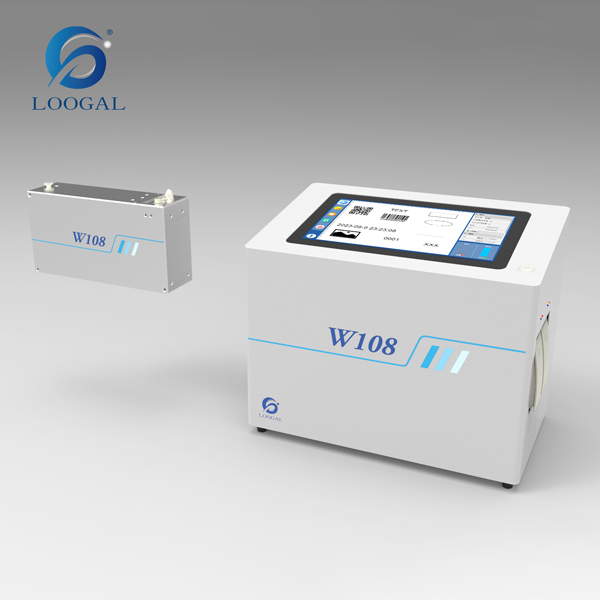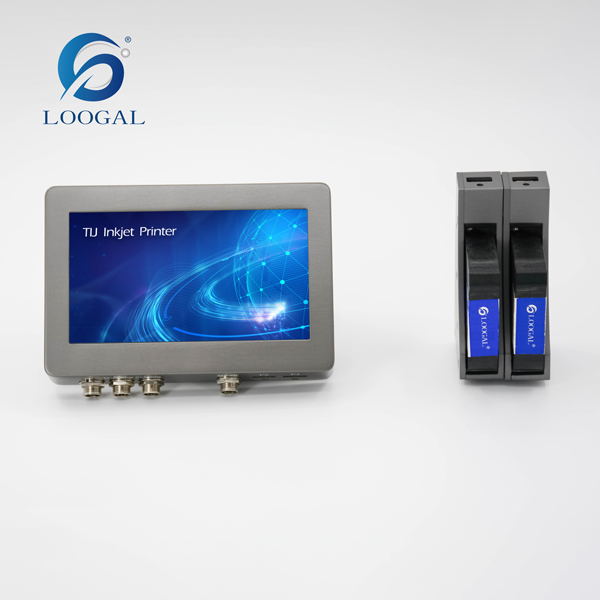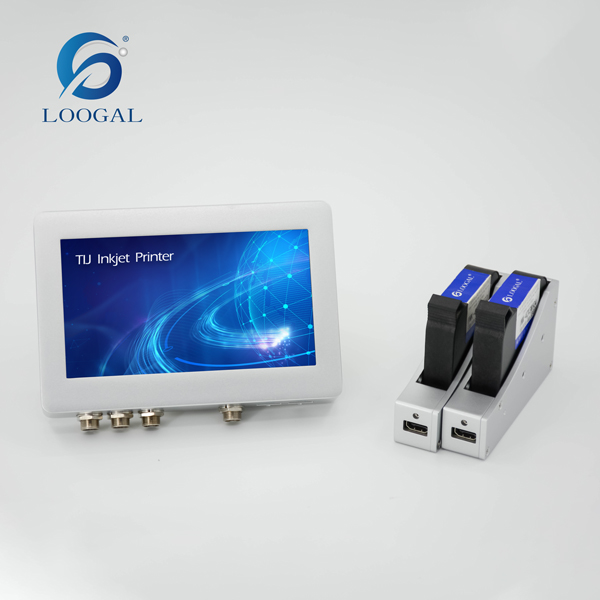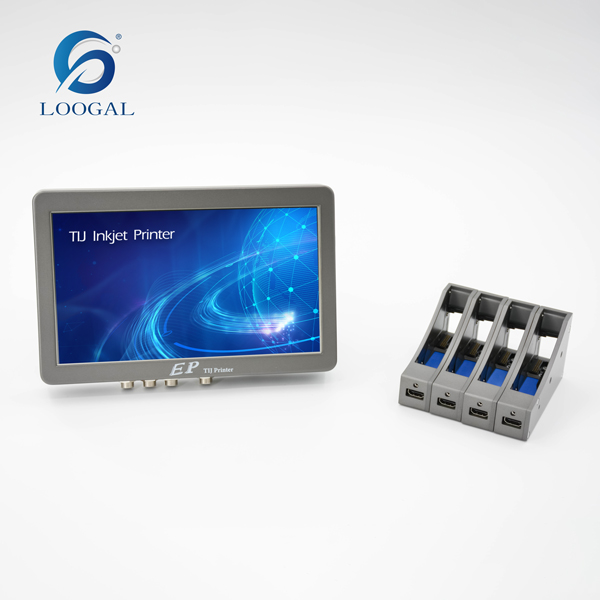What is Case Coding and Why It Matters?
In today's fast-paced and strictly regulated supply chains, case coding is vital for driving efficiency, enabling traceability, and ensuring compliance. For manufacturers, distributors, and suppliers serving major retailers, choosing the right case coding solution is key to staying competitive.
What Is Case Coding?
Case coding refers to printing critical information directly onto corrugated boxes or cases during the packaging process. This often includes barcodes, lot numbers, expiration dates, and other details necessary for compliance and traceability.
By doing so, each case that leaves the production line is accurately marked, ensuring smooth inventory management, shipping, and fulfillment of retailer requirements.
Why Is Case Coding Important?
Proper case coding goes beyond being a best practice—it's often a mandatory requirement. Its importance can be seen in several key areas:
Traceability: Enables end-to-end product tracking across the supply chain, which is vital for recalls and quality inspections.
Inventory Management: Clear labeling supports efficient stock rotation and smoother warehouse operations.
Regulatory Compliance: Ensures adherence to industry standards in sectors like food, pharmaceuticals, and consumer goods.
Retail Compliance: Major retailers, including Walmart and Target, demand accurate case coding to integrate with their logistics systems.
Efficiency: Automated coding minimizes errors and keeps production lines running seamlessly.
What Is Commonly Printed?
Barcodes (1D and 2D)
Lot and Batch Numbers
Production and Expiry Dates
Product Names and Descriptions
Logo & Branding
Shipping Details
Regulatory and Compliance Codes
Common solution on case and what is problem
Using labels for case coding is still common, but labeling machines on production lines come with several disadvantages compared to direct printing:
Higher Operating Costs – Labels require consumables (label stock, ribbons, adhesives), which add ongoing costs beyond ink or printhead maintenance.
Material Waste – Backing liners and misapplied labels create extra waste, raising both disposal costs and environmental concerns.
Downtime from Jams/Misfeeds – Labels can peel, wrinkle, or misalign, leading to frequent machine stoppages and production delays.
Adhesion Issues – Labels may not stick well to dusty, cold, or uneven corrugated surfaces, risking compliance failures.
Space & Maintenance – Labeling machines often require more mechanical components, meaning larger equipment footprint and higher maintenance needs.
Aesthetic & Durability Concerns – Labels can tear or fall off during handling and shipping, whereas direct coding is permanent.
Why LOOGAL Thermal Inkjet Is a Smart Solution for Case Coding
HP authorized partner: Cooperation with hp from 2001, rich experience
Multi-Technology Support: Use HPTIJ2.5, TIJ4.0 and Seiko technologies to develop printer
Sharp, Reliable Print Quality: Ensures every code is crisp and compliant.
Loogal Case Coder Options
Loogal offers a range of models to suit your specific print requirements on cases
ESNJET- TIJ2.5 technology supports 2 heads to achieve 25.4mm print size
EPJET-TIJ2.5 technology supports 4 heads to achieve 50.8 mm print size
W72-Piezo technology, supports 2 heads to achieve 144 mm print size
W108-TIJ4.0 technology, supports 2 heads to achieve 216 mm print size




